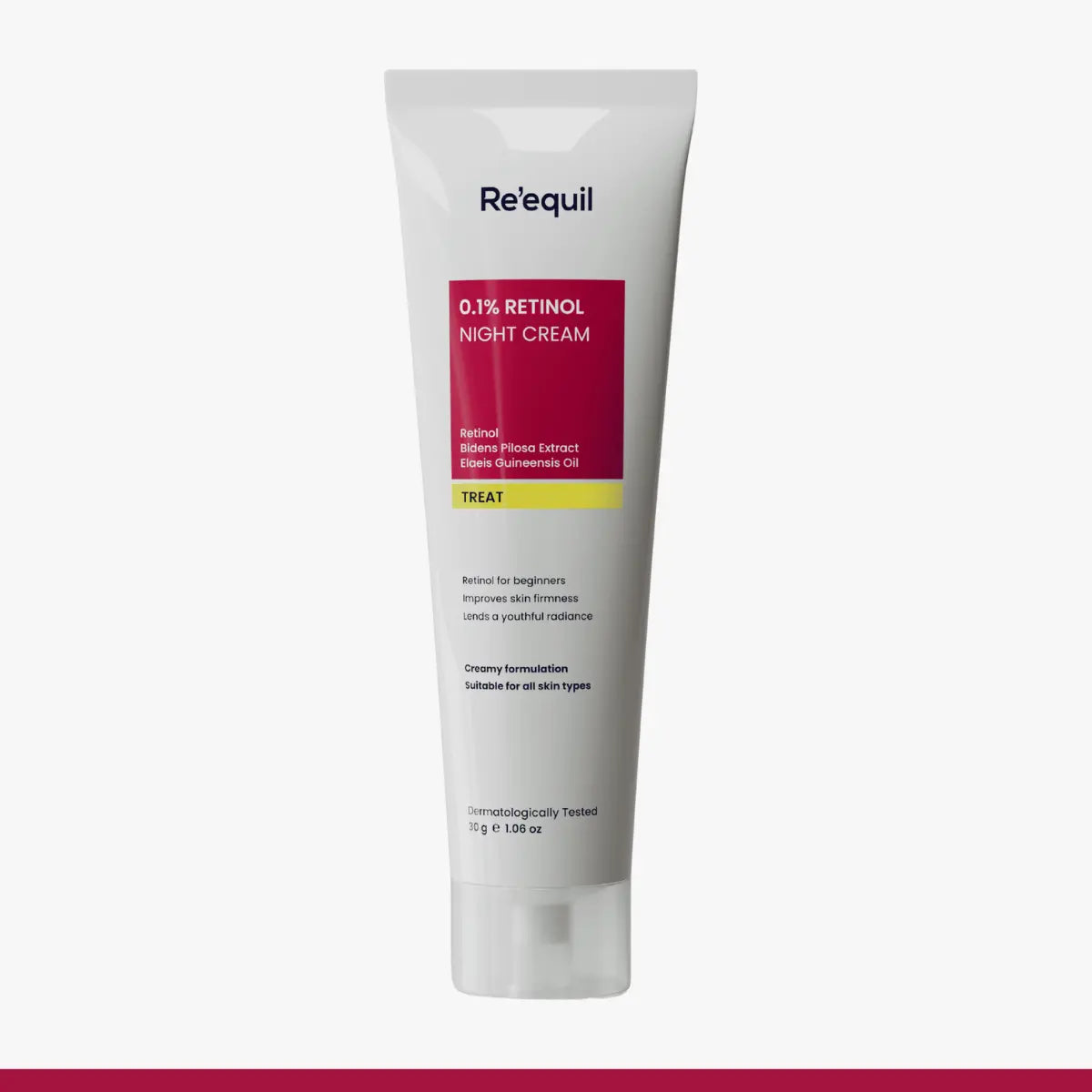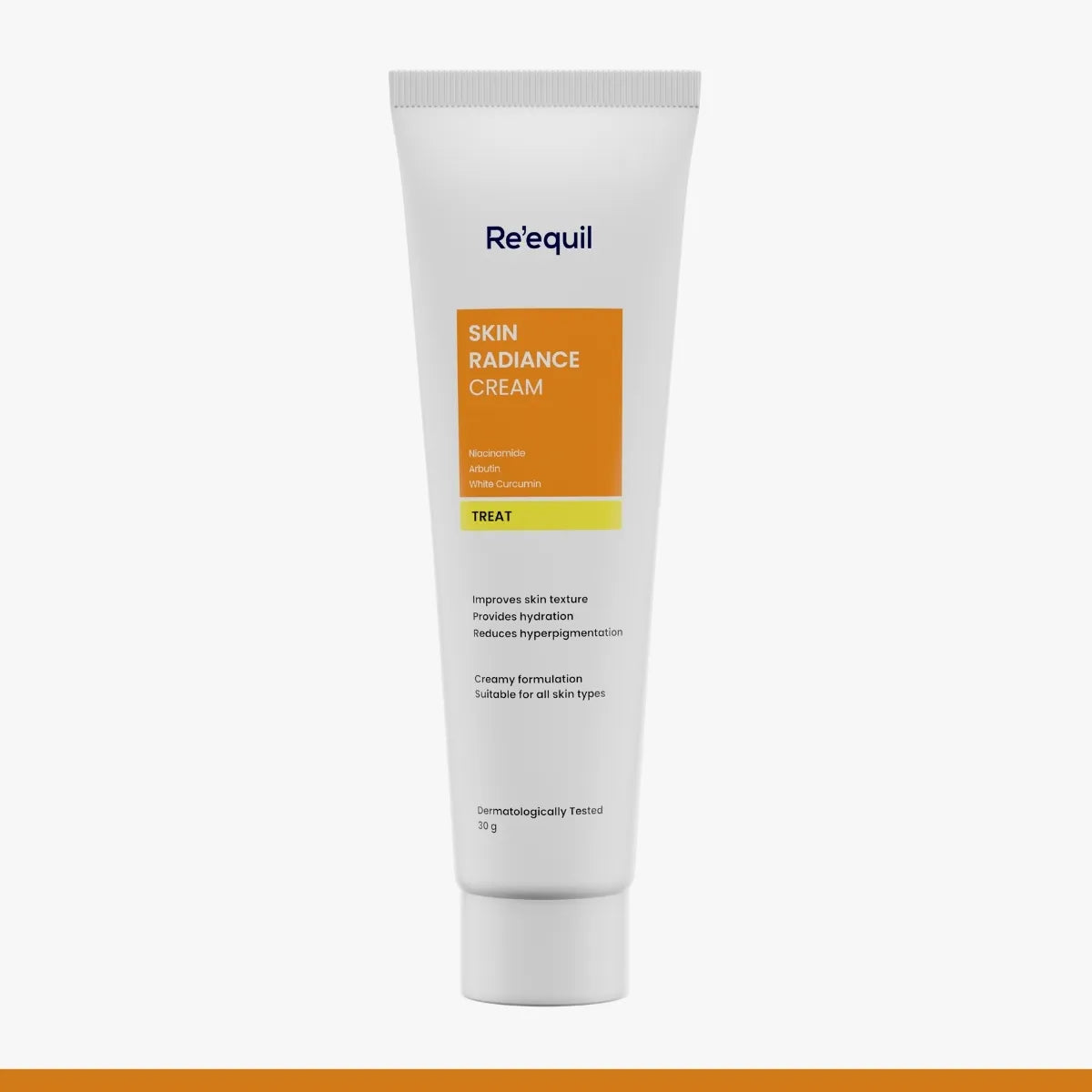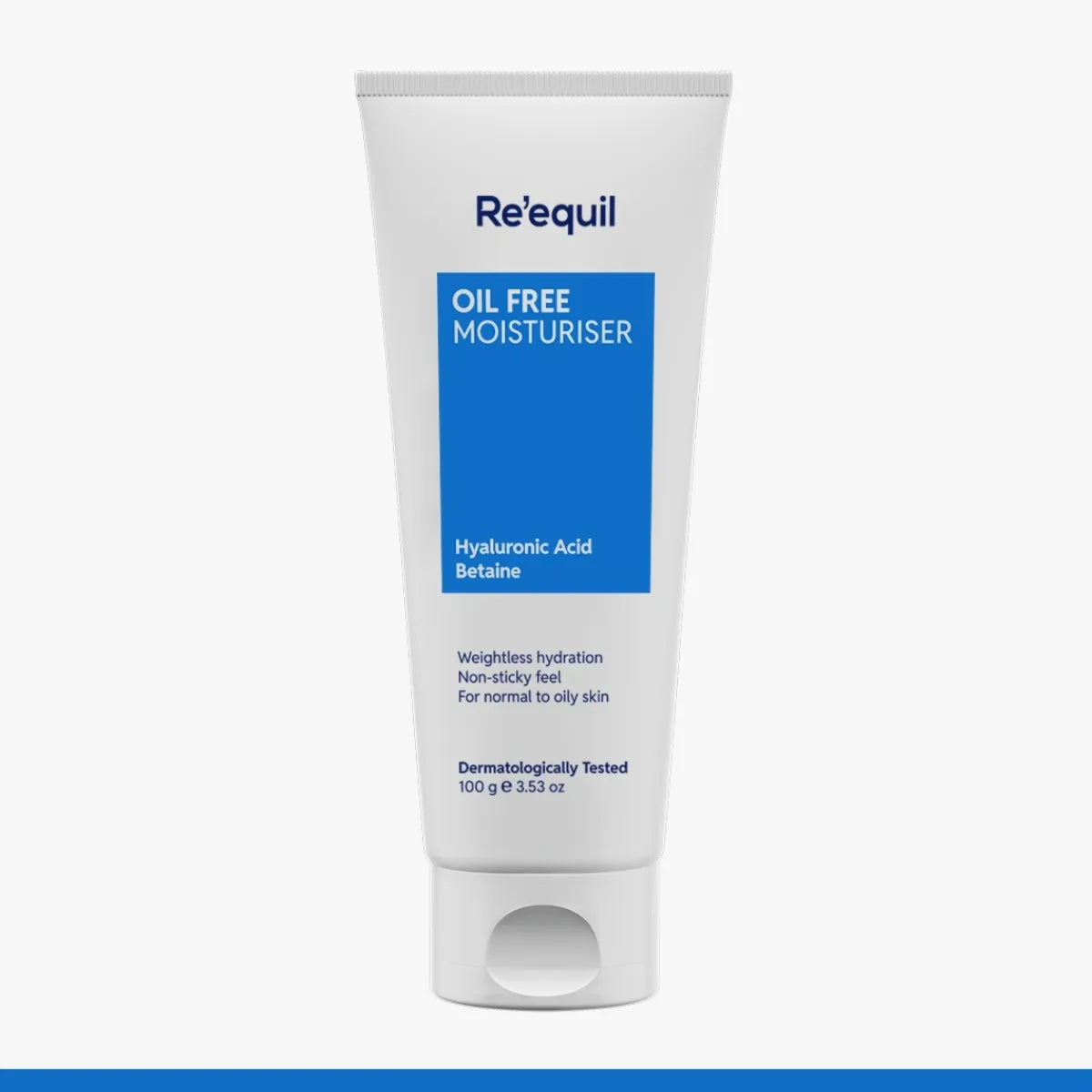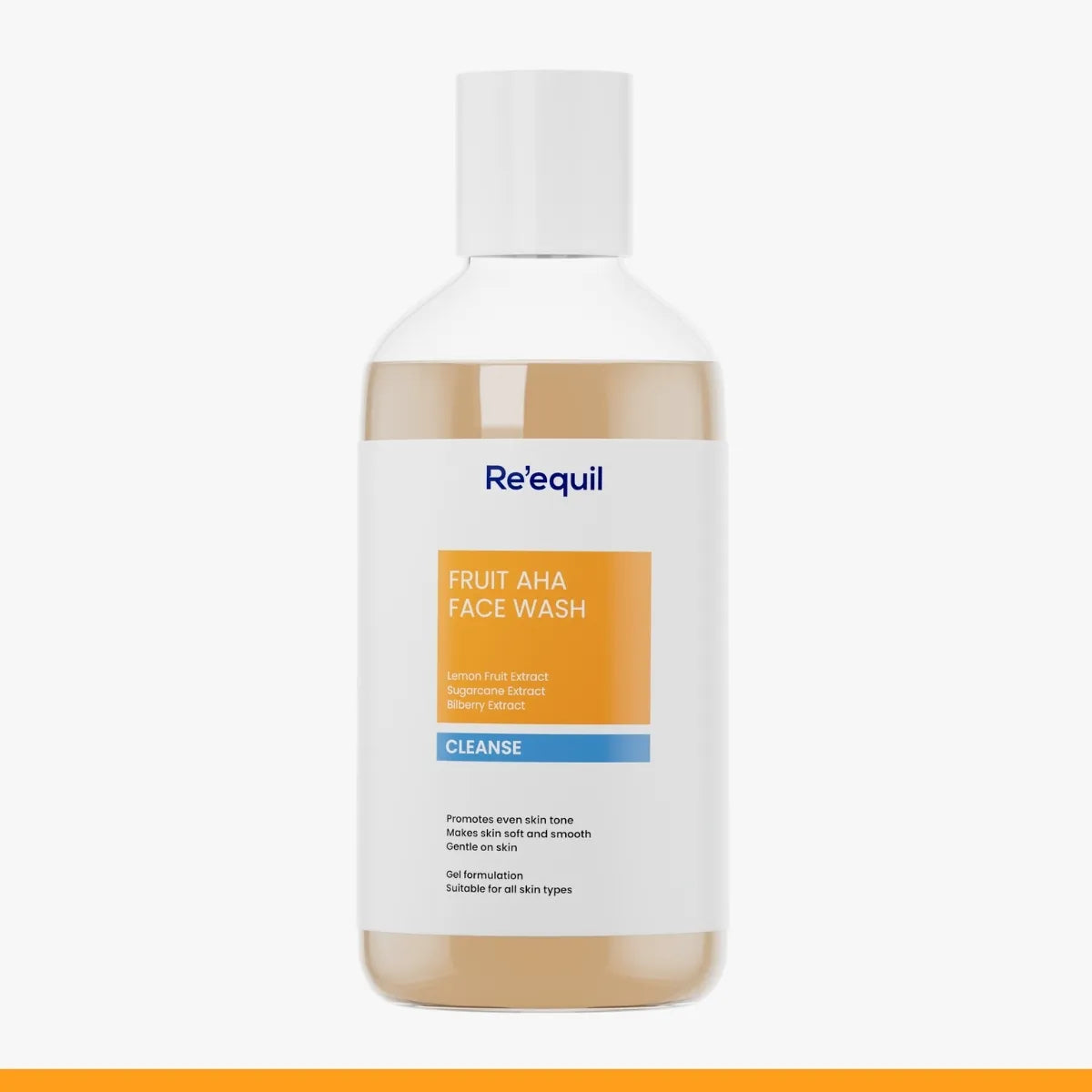Melasma can be stubborn to treat at times. And when dealt with patience, consistency and correct steps, you can definitely overcome it.
Many times, you might be following a well designed routine for your skin, but somehow miss that one crucial step that nulls out the effect of others! Interesting, right?
Let’s know what step you might miss and eventually worsen melasma.
The most crucial step in your skincare regimen to prevent melasma
Melanocytes in the skin begin creating melanin pigments when exposed to UV radiation, and too much sun exposure can cause the overproduction of melanin. A melanin excess along with hormonal fluctuations leads to melasma, which is a dark, blotchy skin condition.
Sun exposure, in addition to producing hyperpigmentation, can also aggravate hyperpigmentation caused by other factors (like post-inflammatory hyperpigmentation).
You can limit this process by wearing sunscreen. Sunscreen prevents your skin from absorbing UV rays, which slow down your skin's melanin production.
We understand that melasma is notoriously tough to treat, often requiring multiple time-consuming and expensive treatment methods. Once you've got it under control, the only method to keep it from getting worse and repeating is to protect yourself from the sun with the right sunscreen.
What to look for in sunscreen for hyperpigmentation?

Everyone's daily skin-care routine should include sunscreen, especially those with melasma. However, choosing the right sunscreen involves a lot of factors, which we have discussed below:
1. Broad spectrum protection
Although the sun's UVA rays are primarily responsible for melasma, UVB rays can induce sunburn. Both of these UV radiations have the potential to cause harm to your skin.
As a result, it's critical to choose a broad spectrum sunscreen that protects your skin from both UVA and UVB radiations. A broad spectrum sunscreen provides protection against both types of UV radiations. This will shield your skin from sunburn, melasma relapse, and the longer-term risks of premature aging.
So the next time you go skincare shopping, remember to look for terms like “broad spectrum protection” or “UVA and UVB protection” on your sunscreen!
2. SPF higher than 30
SPF (Sun Protection Factor) ratings on sunscreens determine how effectively they protect the skin against UVB rays, and therefore hyperpigmentation. The sunscreen with SPF 15 blocks about 93% of UVB rays, while the sunscreen with SPF 30 blocks about 97%, the sunscreen with SPF 50 blocks about 98%, and the sunscreen with SPF 100 blocks about 99%.
If you want to protect yourself from the sun, use sunscreen with a sun protection factor (SPF) of at least 30 or higher.
3. Sunscreen filters
Sunscreen filters are important to protect the skin from damage caused by the sun by reducing the amount of UV light that penetrates the skin. These damages might include sunburns, early aging of the skin, and spots.
Sunscreen filters can work in two different ways. Chemical sunscreen filters absorb ultraviolet (UV) radiations and alter them before it may cause harm. Physical sunscreens filters reflect and scatter UV radiation away from the skin. Zinc and titanium oxides are two sunscreen filters included in physical sunscreen.
4. PA ratings
The PA rating system was created in Japan as a way to tell consumers about the level of protection offered by sunscreen. The pluses represent the available protection levels.
The following is the rating system:
PA+ indicates that some UVA protection is provided.
PA++ Means UVA protection that is moderate.
PA+++ = UVA protection is high.
PA++++ = UVA protection that is extremely high.
The bigger the number of pluses, the better the protection. Keep this in mind while you shop for sunscreen.
5. Water resistance
Water resistant sunscreen is a type of sunscreen which doesn’t wash off easily, even when you’re sweaty or under water. As a result, it provides protection from the sun for longer hours.
If you're going to be doing any type of physical exercise, you should seek a sunscreen that is water-resistant to protect your skin from the sun while sweating. However, "water-resistant" does not imply "waterproof," so you'll need to reapply to keep your skin protected.
6. Non-comedogenic
Non-comedogenic sunscreens are designed to prevent skin pores from becoming clogged.
Blocked pores can cause blemishes or breakouts on your face and hinder your skin from appearing its best. This is due to the fact that your skin may be unable to evacuate excess oil, debris, and sebum.
As a result, you must seek out sunscreen with non-comedogenic properties .
Note - Ingredients like Parabens, PABA and Oxybenzone are harmful to the skin as they cause allergic reactions. So it is important to be mindful of the ingredients list before you decide to buy a sunscreen. Also, choose the sunscreen according to your skin type.
Takeaway
Sunscreen, when used correctly, can do wonders for your skin. It will help avoid inflammation and post-inflammatory spots, as well as decrease acne scarring and melasma.
Studies emphasize that sunscreen is a must in your daily skincare routine, especially when you’re dealing with hyperpigmentation. Even if you’re staying indoors, your screen time on computers, mobile phones, and tablets emit harmful lights that can cause damage to the skin. Hence, ensure that you make sunscreen an integral part of your skincare routine.





